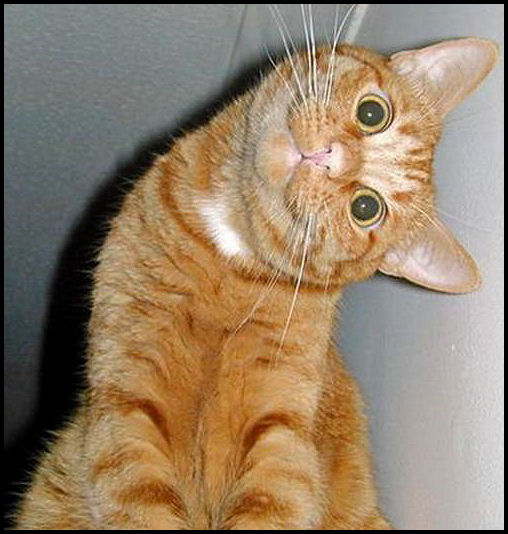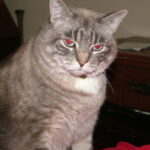Writing Beats for Better Stories

I used to be a pantster, that is I started with a character and a vague goal. These days, I’m becoming more inclined to map out main plot points or as they’re known now, beats. Plotting these major turning points helps me deepen my character and improves the story.
Writing Tip for Today: How can we use plot “beats” to develop better stories?
The Wilson Principle
Plotting or deciding on the story’s major scenes helps to keep your story active. Many writers tend to place their characters onstage alone or thinking. As I’ve said before, using the Wilson Principle (getting at least one other character onstage with your POV character) cuts down on the temptation to allow your character to spend too much time reminiscing or thinking. If you map out at least five major turning points for your protagonist, you may be less likely to write rambling soliloquies that limit your ability to show the story. A character who sits around thinking can feel very static and uninteresting, Hamlet notwithstanding.
No Pain, No Gain
Another advantage to mapping out major scenes is that you are more likely to get your characters moving. If all five of your plot beat scenes are staged around a table, you’ll see it right away. By varying the way a scene unfolds to include active movement your characters will have more to do than simply lifting a tea cup to their lips. Write a scene where characters are arguing while jogging or put two characters under the hood of a broken car. Even characters acting out a scene while doing the dishes or folding clothes will contain more physical movement than the average “table” scene. Movement enlivens readers, and with movement, writers are less likely to rely too heavily on dialogue to carry the scene.
Beat Freaks
I used to think detailed plotters must be control freaks—with everything buttoned down in advance, there’d be little room for creative freedom. These writers construct elaborate spread sheets and know in advance every itch and scratch the characters make. Now I know that’s not really accurate, although there are writers who get pretty anal about their plots. By landing somewhere in the middle of the extremes—that is, by mapping out the major scenes—I can be a “beat” freak and reap the best of both worlds.
Most stories will have at least these five types of scenes:
Hook/Inciting Incident (what sets the hero on the journey)
Things Get Worse
All Hope Lost
The Last Battle
Resolution
These beats can be inserted into a more detailed “Beat Sheet,” where the plot points are further broken down. For a great post on Beat Sheets, I recommend Larry Brooks’ site Story Fix.
What’s your method for outlining a story?





You can explain too much. You need to lead the reader on. Does this lead you on?
Hi Bob,
Hope you’re still writing.
Linda
Thank you. Always love learning more about writing.
Gena,
Welcome! I post weekly writing tips here.
Keep Writing,
Linda
Thank you for sharing. I too transitioned from panster to top-lining each scene. This leaves plenty of room for the characters to take the story where it needs to go.
Pat,
It’s true–we can take the best of both worlds to aid us in our stories.
Keep Writing!
Linda